Pet Birds and Poultry
- Nutritional Information (per 100g):
- Protein: 45-55g
- Fat: 30-35g
- Fiber: 5-8g
- Calcium: 6g
- Phosphorus: 1-2g
- Omega-3: 1-2g
- Vitamin A: 1000-2000 IU
- Vitamin B1: 0.5-1mg
- Vitamin B2: 1-2mg
Pet bird owners and poultry farmers often struggle to find a feed that balances high nutritional value with cost-effectiveness and sustainability. Many existing feed options lack essential nutrients, leading to slow growth, poor feather quality, and reduced egg production. In addition, there is a growing demand for eco-friendly feed solutions that align with sustainable farming practices.
10 Benefits of Dried Black Soldier Fly Larvae (BSFL) for Pet Birds and Poultry
At WINVN INT CO., LTD, we provide natural, eco-friendly feeding solutions to ensure optimal care for pet birds and poultry. Here are 10 outstanding benefits of Dried Black Soldier Fly Larvae (BSFL):
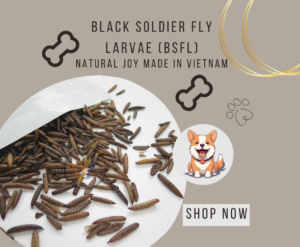
1. High-Quality Protein Source
BSFL contains up to 60% protein (dry weight), providing all essential amino acids needed for feather growth, egg production, muscle development, and overall health in birds and poultry.
2. Rich in Essential Fatty Acids
BSFL offers a balanced ratio of omega-3 and omega-6, promoting sleek feathers, vibrant plumage, and strong eggshells.
3. Improved Digestion and Gut Health
Chitin in BSFL acts as a prebiotic fiber, fostering the growth of beneficial gut bacteria, enhancing digestion, and improving nutrient absorption.
4. Enhanced Egg Production and Quality
Supplementing with BSFL improves egg production, egg weight, and eggshell quality in laying hens.
5. Strong Bones and Beaks
BSFL is rich in calcium and phosphorus, essential for strong bones, healthy beaks, and proper skeletal development in birds and poultry.
6. Natural Energy Source
BSFL is a calorie-dense food, providing sustained energy for flight, foraging, and other activities.
7. Supports Growth and Development
Adding BSFL to the diet enhances growth rates and feed conversion efficiency in poultry.
8. Boosted Immune System
BSFL contains antimicrobial peptides (AMPs) and lauric acid, which enhance immune function and reduce inflammation, keeping birds and poultry healthier.
9. Palatable and Enticing
Many birds enjoy the crunchy texture and unique flavor of BSFL, making them an excellent addition to their diet and a healthy alternative to traditional treats.
10. Sustainable and Eco-Friendly
BSFL production is a sustainable and eco-friendly alternative to traditional protein sources, requiring less land, water, and resources while reducing greenhouse gas emissions.
OEM & ODM – The Competitive Edge of WINVN
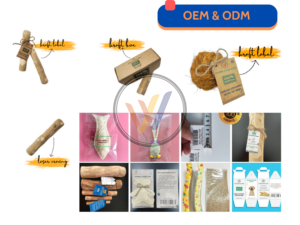
With our OEM (Original Equipment Manufacturer) and ODM (Original Design Manufacturer) capabilities, WINVN offers unmatched flexibility for customers:
- Low MOQ: Orders start at just 50 units, catering to small retail stores and large brands alike.
- Customized Products: Includes tailored label designs, packaging, and laser engraving as per customer requirements.
- Comprehensive Support: Our team provides expert advice to ensure products meet target market demands while optimizing costs.
The WINVN Team – Driving Success Behind the Scenes


The team at WINVN INT CO., LTD comprises experienced professionals in export and pet care industries, committed to:
- Dedication and Professionalism: Ensuring the fastest possible response to customer inquiries.
- Integrity and Transparency: Prioritizing customer benefits by delivering optimal and transparent solutions.
- Long-Term Partnership: Beyond being a supplier, we act as a partner in expanding markets and fostering sustainable growth.
Contact Us
WINVN INT CO., LTD is proud to be a trusted partner in over 40 demanding markets, including the USA, Japan, the UK, and Germany. Contact us today for the best products and services!
WINVN INT CO., LTD
Natural joy made in Vietnam
☎️ +84 932 118 447
📧 info@winvnint.com
🌐 winvnint.com
🌐 https://winvnint.trustpass.alibaba.com/
📌 29, 29 Street, Van Phuc Residence, Thu Duc City, Ho Chi Minh City, Vietnam
Be the first to review “Pet Birds and Poultry” Cancel reply
Related products
Product new
Product new
Product new
Product new
Product new
Product new
Product new
 Tel: (+84) 932 118 447
Tel: (+84) 932 118 447  Email: info@winvnint.com
Email: info@winvnint.com 










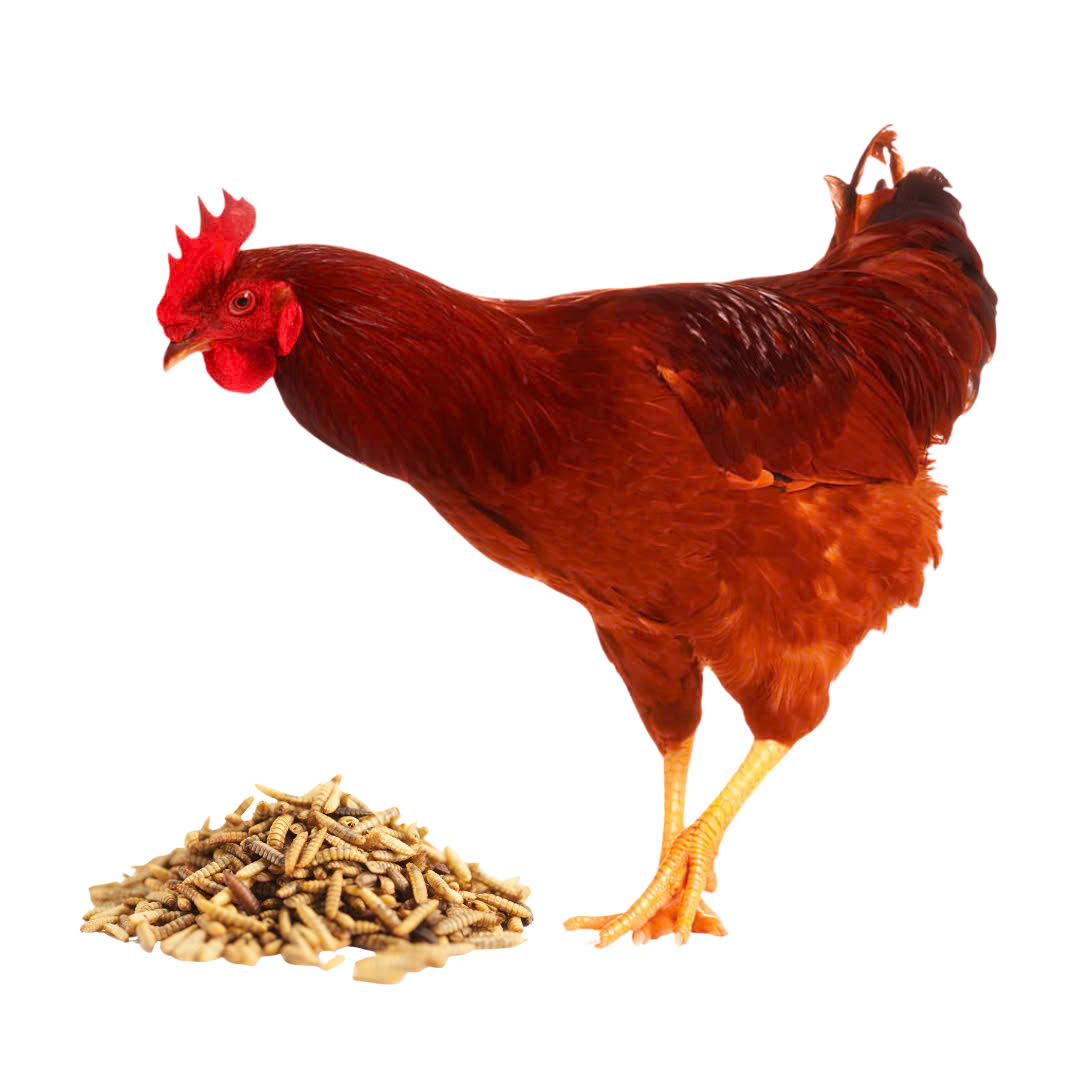
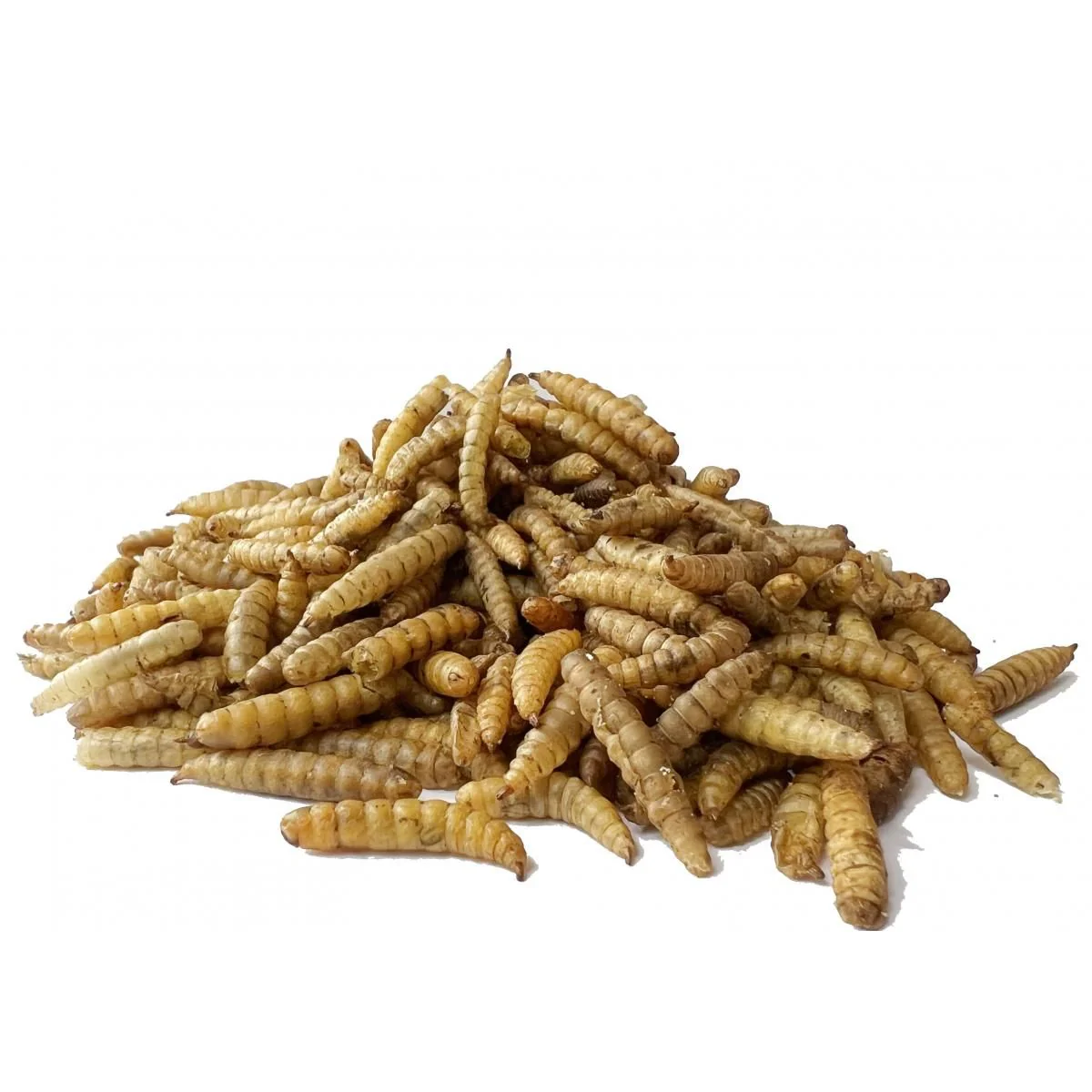
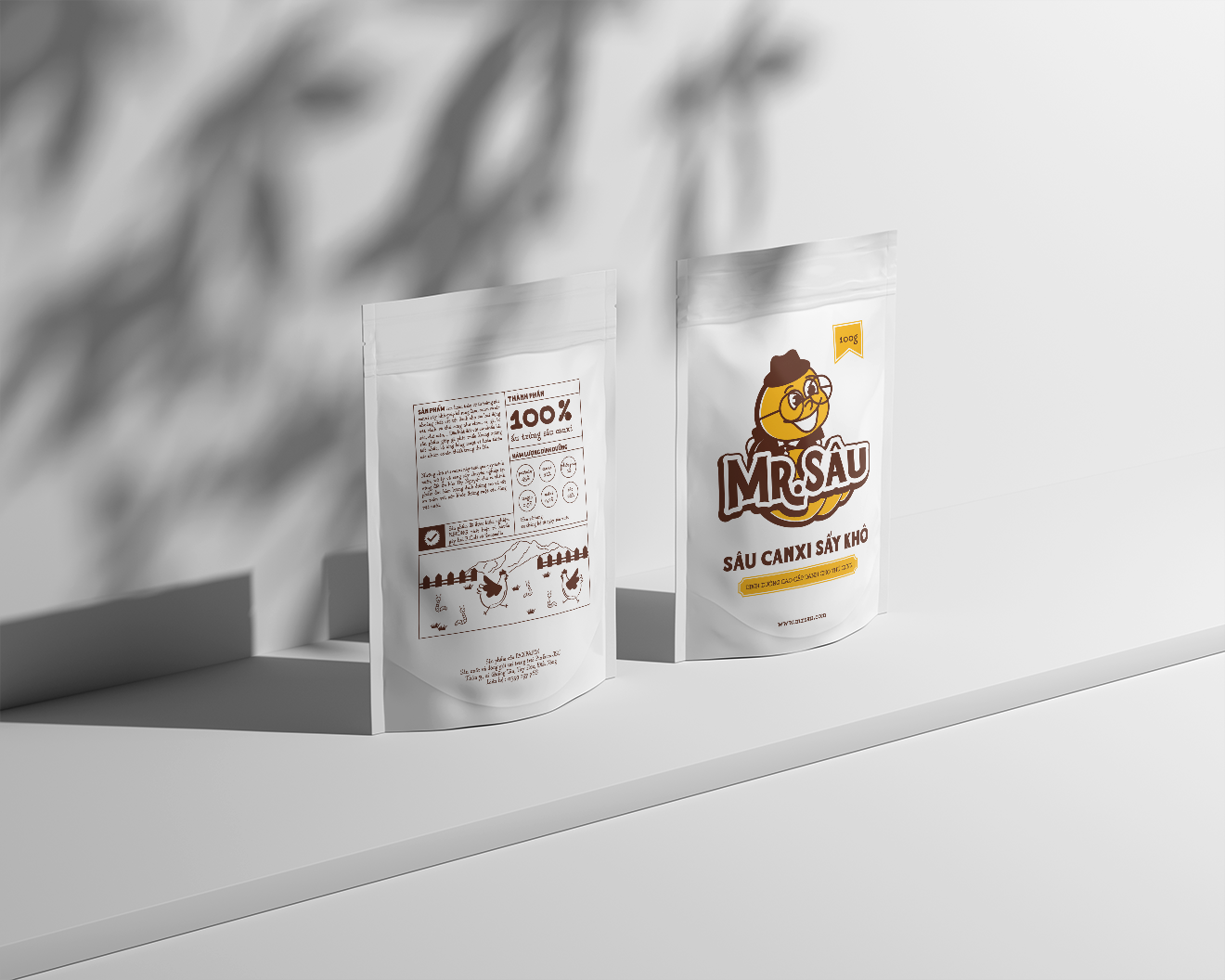
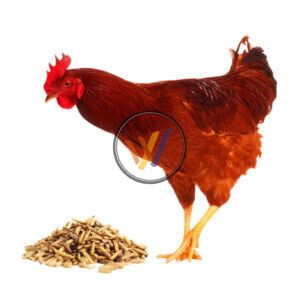
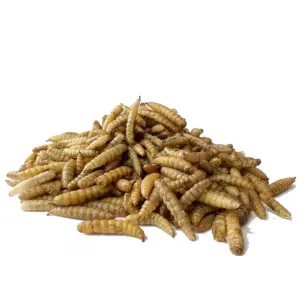

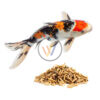

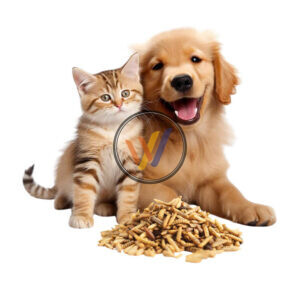
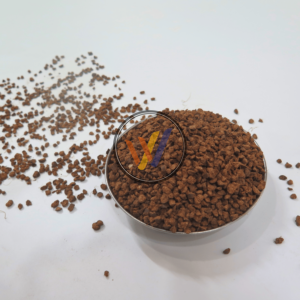
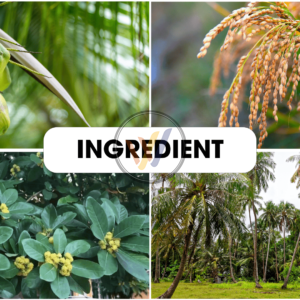
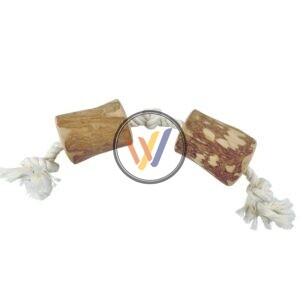
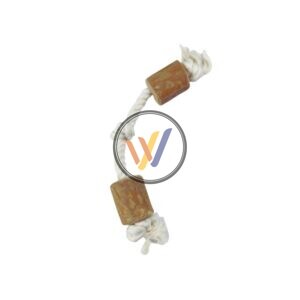


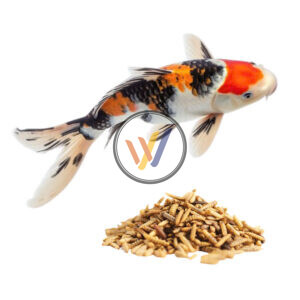



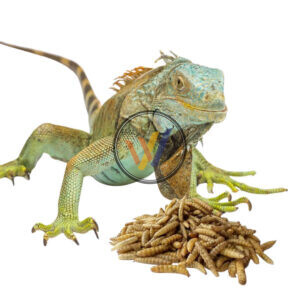
Reviews
There are no reviews yet.